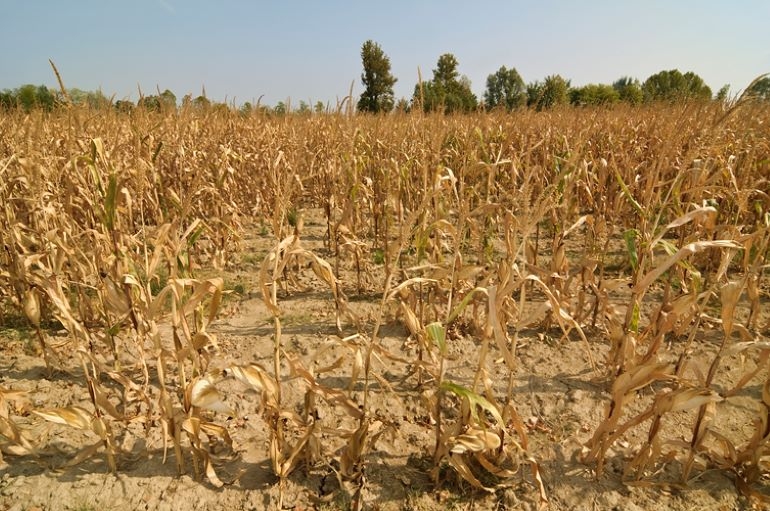Heat in the US Corn Belt and rain in Canada will have the biggest impact on grain markets next week

The U.S. Midwest has had and will continue to see thunderstorms with below-normal temperatures, which is improving conditions for soybean and corn crops. Heat of 32-34 o C is expected next week, which will reduce soil moisture reserves.
A rain front may bring precipitation from Canada to the northwestern regions of the US, but the amount will be small.
The Central, Northern, and Southern Plains of the United States received moderate to heavy rain that will continue through the weekend in the South. They added moisture to spring wheat, soybean and corn crops. Much of the region is expected to be hot next week, with light rain only possible in the northwest.
It rained in the Canadian prairies this week, particularly in arid regions. Over the weekend, cyclones will bring precipitation to eastern areas, which will improve the condition of canola and spring wheat crops. Temperatures will rise next week, but forecast showers will help crops grow.
In Argentina, winter wheat planting has been completed, but due to severe drought, the planted area was smaller than forecast, and corn was harvested on only 66% of the area.
In most of Europe, mainly in the north, next week temperatures will remain within normal limits and there will be rain that will help the development of late crops, although it will delay the ripening and harvesting of winter wheat somewhat.
In the Black Sea region next week, temperatures within normal limits and short-term showers will promote the development of corn and sunflower, although they will delay the harvesting of wheat and rapeseed.
In most of the Asian territory of the Russian Federation, a decrease in temperature and precipitation improved the conditions for the formation of a crop of grain crops, in particular spring wheat.
In Kazakhstan, according to space monitoring of fields, on July 10, only 6.4% of grain crops were in excellent condition, 12.4% in good condition, 41.9% in satisfactory condition, 26.3% in bad condition, and 13% in very bad condition.


